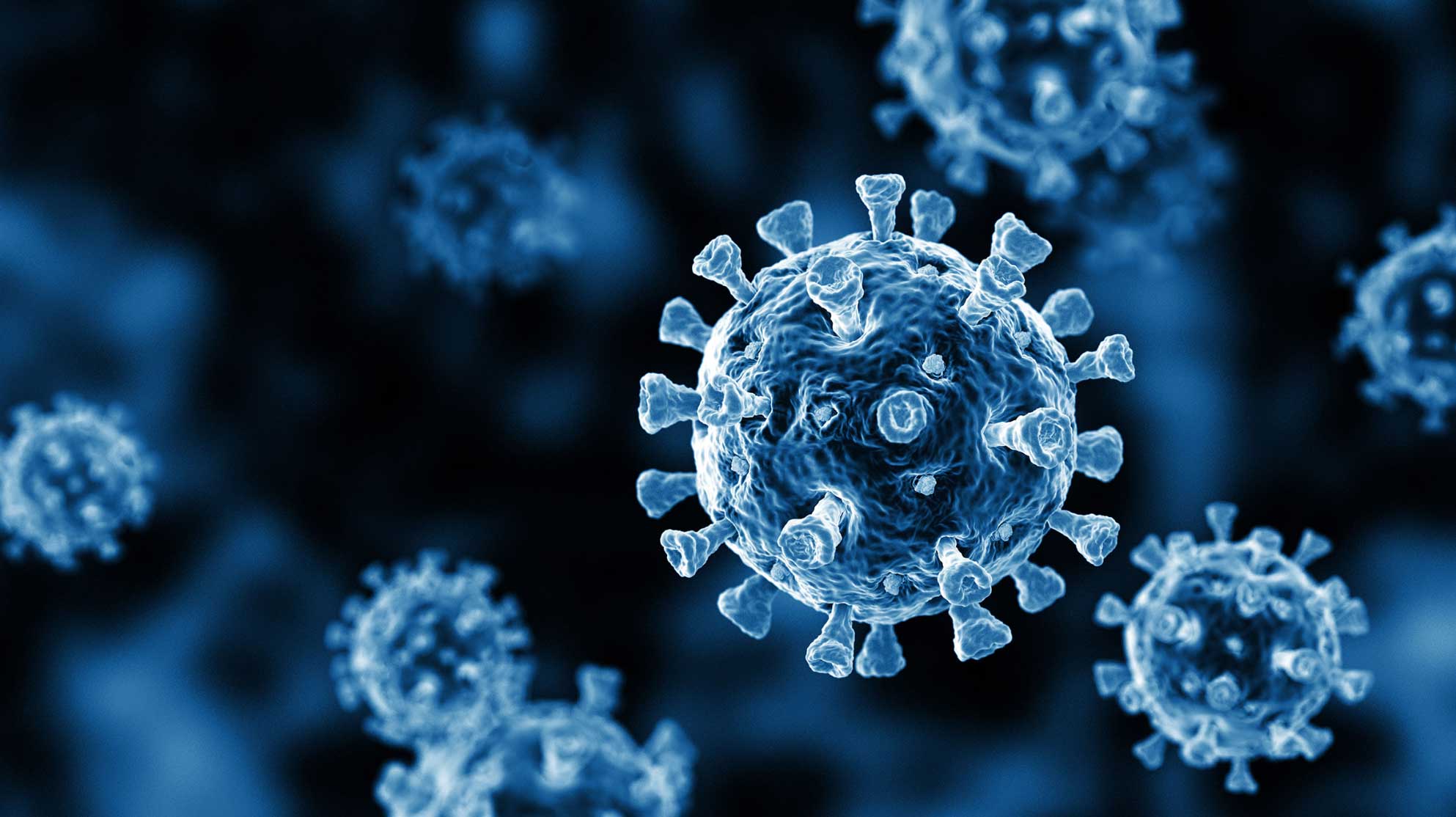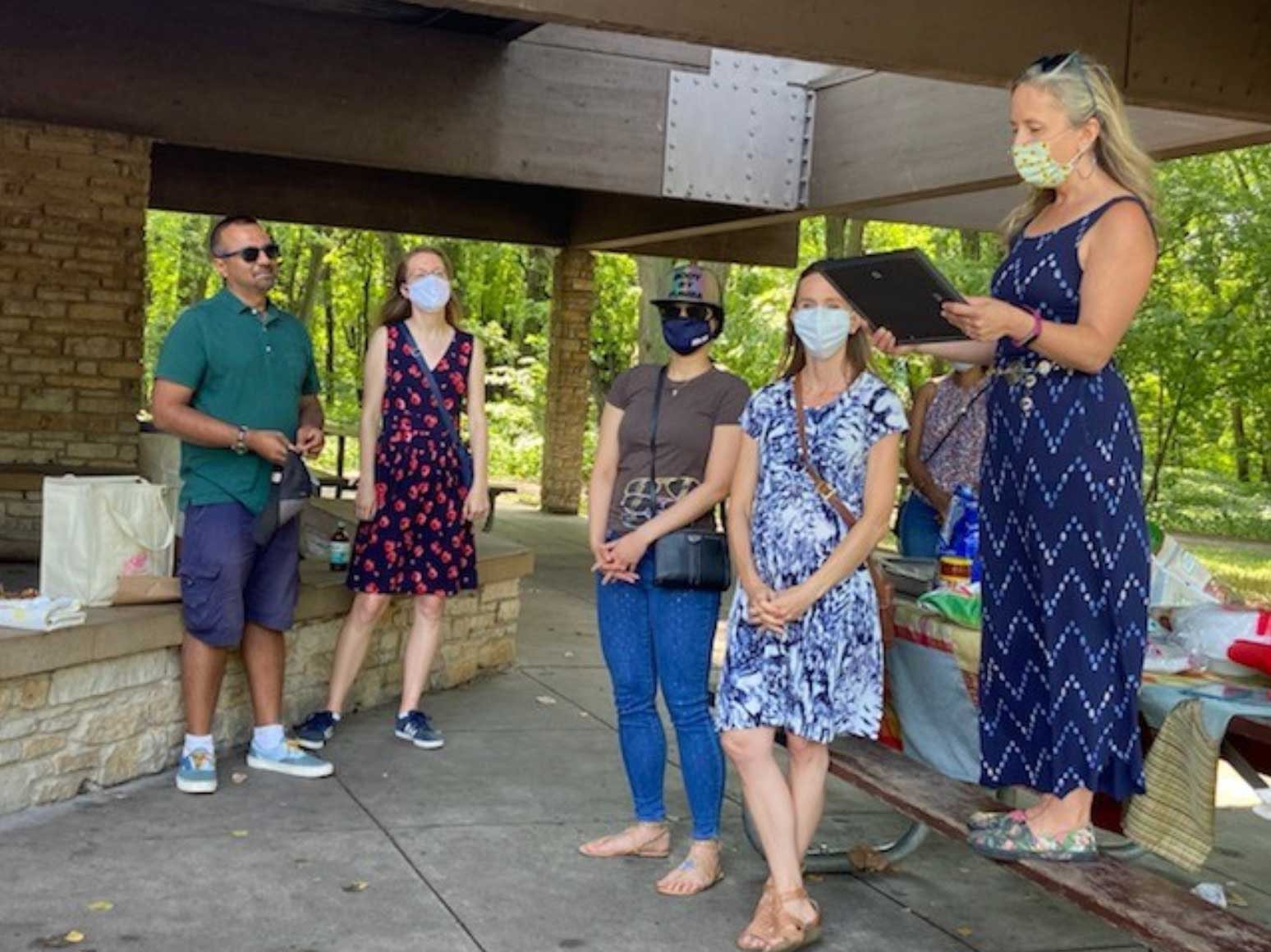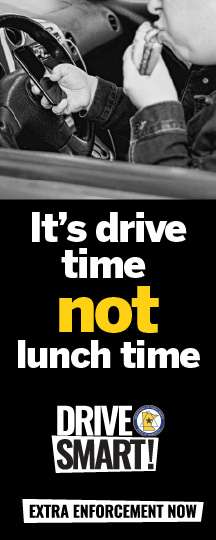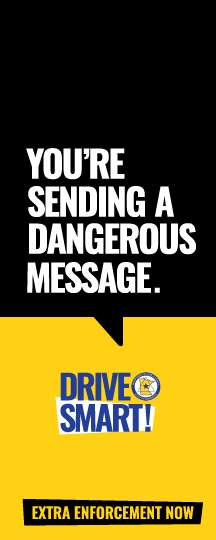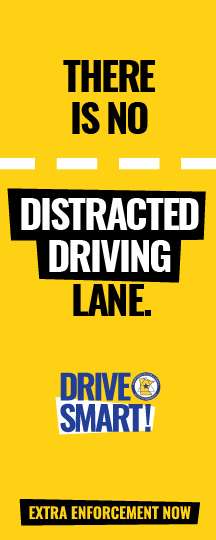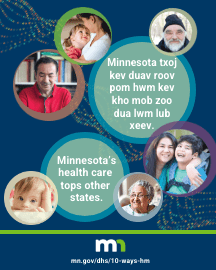

COVID-19 Stories – Community At The Heart Of MDH’s COVID-19 Response
From The Minnesota Department Of Health
A Home Away From Home
The Minnesota Department of Health’s (MDH) Cultural, Faith, and Disability Communities (CFD) Branch, part of the COVID-19 Response Team, is much more than a team of 70 contractors and staffers from various MDH units whose lives connected because of COVID-19. It is, as members of the branch say, “a family, a support system, and a branch devoted to advocacy towards all the issues that lead to and perpetuate systemic injustices.” For many, they cannot remember a time before the CFD Branch. For others, the forming of the branch has been long awaited. The CFD Branch engages in meaningful community collaboration, dedicates itself to creating a safe space for MDH’s small but diverse workforce, and continually works to help achieve health equity for Minnesotans.
So, how did this branch come to be?
Hearing from family and friends back in Asia of COVID-19 spreading, it was Minnesota’s Asian American and Pacific Islander (AAPI) communities who first reached out to MDH for guidance and information regarding the new virus. Hearing the concerns from the AAPI community, MDH stood up a small but mighty team led by Danushka Wanduragala and Ann Linde in January of 2020 to start gathering information on COVID-19 and preparing contingency plans in the event that COVID-19 would arrive in Minnesota.
Unwavering principles for community engagement
While no one could predict the magnitude of COVID-19 disrupting lives, halting events, and filling up hospital beds, MDH knew from the very beginning that they needed to consider the public health of all Minnesotans, especially Minnesota’s most vulnerable communities. Wanduragala and Linde’s team grew quickly. By March 2020, they had brought on additional team members for contract management, faith-based outreach, communications, and outreach to Minnesota’s LGBTQ+, African American, American Indian, African, Hispanic/Latinx, AAPI communities, and recent immigrants and refugee communities. The branch also became home to MDH’s Disability team working on COVID-19 issues. Thus, the CFD Branch was born. As the COVID-19 pandemic evolved, the CFD branch remained closely connected to the community and brought the community’s issues to the forefront of the response.
From the beginning, the branch’s principles have never wavered. Marisol Chiclana-Ayala, one of the branch’s current co-directors, believes a foundational piece of the branch is “MDH’s relationship with community partners and structuring it as a two-way partnership.” The focus is on cultivating a relationship where MDH does not just share out resources and information in a timely and culturally relevant manner. The branch also welcomes community partners to vocalize their needs, provide input and feedback on “where the state response is lacking and not meeting their community’s needs,” Chiclana-Ayala added. For Linde “engaging with communities early and often” and “providing a space for communities to give feedback through weekly meetings with community engagement contractors,” regular faith community calls, monthly disability community forums, and monthly calls open to the broader public were key to building trust and fostering relationships with the community.
Internal And External Advances To Health Equity
This approach differs from MDH’s traditional forms of engagement, and after a year and a half, Chiclana-Ayala can “see a change in the type of relationship [MDH] has with community partners. Before [MDH] was just ‘the State’ or strangers, but now these organizations trust us, challenge us, and feel empowered to make changes and reclaim some decision-making power.” Through this new model of engagement, MDH and community partners have gotten to know each other better and recognize and uplift each other’s strengths. Since COVID-19 began, community partners have reached an estimated 1 million members from Minnesota’s diverse communities, in over 22 languages and 25 different media formats including radio, television, interviews, blogs, commercials, and social media.
With the CFD Branch’s guidance, MDH found avenues for advancing health equity work internally and externally. The COVID-19 Community Coordinator (CCC) program, led by Dai Vu, began as an initiative to help connect Minnesota’s diverse communities to resources. This team of community contractors hold community testing and vaccination events in areas known and trusted by community. MDH also brought on a vaccine equity director to provide insight on how to reach Minnesota’s most under-resourced communities. Additionally, the CFD’s communications team works across the agency with other departments to develop tailored resources translated into different languages.
A Lasting Impact
Each of the CFD Branch’s past and present members have left a visible impact on advancing health equity. As Bridget Pouladian, a current co-director, notes, “Having a whole branch focused on relationships and connections with our cultural communities, faith communities, disability communities…it is groundbreaking.” Working together, branch members have ensured that relationships with community partners are strong and that the CFD Branch is a way to funnel many community voices into Minnesota’s COVID-19 response. As COVID-19 continues, MDH’s Cultural, Faith, and Disability Communities Branch will be out in the community, making sure that all Minnesotans, regardless of their race, ethnicity, faith, disabilities, gender identity, or sexual orientation, have access to COVID-19 resources to keep their communities healthy.
